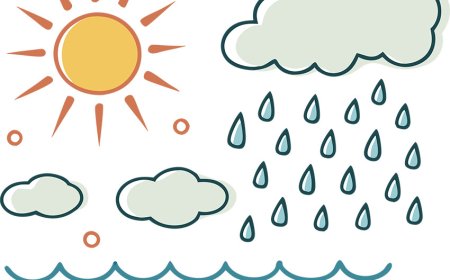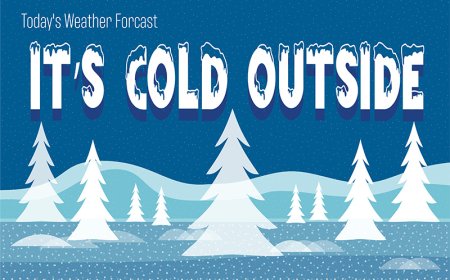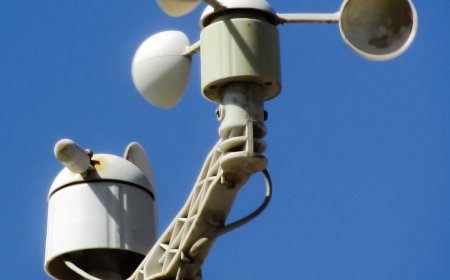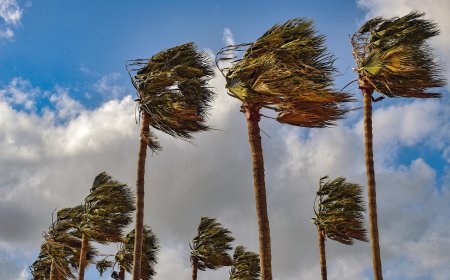Thunderstorms for Kids: How Thunderstorms Form, Fun Facts, and Safety Tips
Discover amazing facts about thunderstorms for kids! Learn how thunderstorms form, why they produce lightning and thunder, and how to stay safe during a storm. A fun, educational guide for children and classrooms.
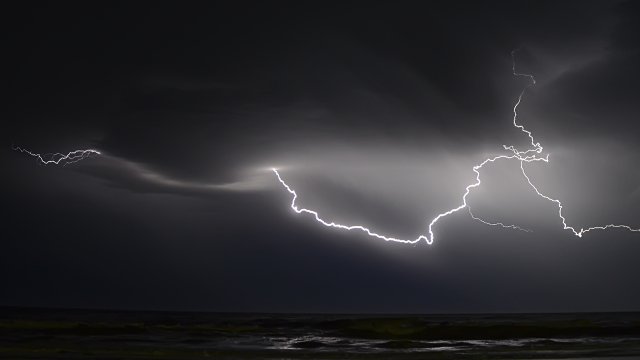
Introduction: What Is a Thunderstorm?
A thunderstorm is a type of weather that includes lightning, thunder, rain, and often strong winds. Some thunderstorms are mild, bringing just a quick shower and rumble of thunder. Others are powerful and dangerous, causing floods, hail, strong winds, or even tornadoes. Thunderstorms are one of Earth’s most dramatic weather events and can happen almost anywhere in the world.
This article explores how thunderstorms form, the parts of a storm, different types of thunderstorms, the science behind lightning and thunder, and how to stay safe during these powerful storms.
How Do Thunderstorms Form?
Thunderstorms need three main ingredients:
- Moisture: Water vapor in the air.
- Unstable Air: Warm air that can rise quickly through the atmosphere.
- Lift: Something that forces the warm air to rise, such as a cold front, mountain, or intense surface heating.
When warm, moist air rises into cooler air, it begins to cool and condense into clouds. If the conditions are right, the clouds grow tall and heavy. When this rising air keeps building, it forms a cumulonimbus cloud, which can grow up to 12 miles (20 kilometers) high. This type of cloud is the birthplace of a thunderstorm.
The Life Cycle of a Thunderstorm
Most thunderstorms go through three main stages:
1. Developing Stage (Cumulus Stage)
- Warm air rises.
- Cumulus clouds begin to form.
- Little or no rain yet.
- No thunder or lightning.
2. Mature Stage
- The most dangerous stage.
- Heavy rain, lightning, thunder, wind, and sometimes hail occur.
- Updrafts (rising air) and downdrafts (falling air) mix, causing strong winds.
3. Dissipating Stage
- The storm weakens as cool air cuts off the rising warm air.
- Rain slows or stops.
- Clouds break apart.
Most thunderstorms last around 30 minutes to an hour, but some can last much longer.
What Causes Lightning and Thunder?
Lightning
Lightning is a giant spark of electricity. Inside a storm cloud, particles of ice and water move around and bump into each other. This creates electrical charges. The top of the cloud becomes positively charged, and the bottom becomes negatively charged. When the charge difference becomes too great, a bolt of lightning jumps between the cloud and the ground or within the cloud.
A single lightning bolt can heat the air around it to 30,000°C (54,000°F)—hotter than the surface of the sun!
Thunder
Thunder is the sound caused by lightning. When lightning heats the air, the air expands quickly, creating a shock wave. This shock wave travels through the air as the sound we call thunder.
Fun Tip: You can estimate how far away a storm is by counting the seconds between the flash of lightning and the sound of thunder. Divide that number by 5 to get the distance in miles.
Types of Thunderstorms
Not all thunderstorms are the same. Here are the main types:
Single-Cell Thunderstorms
- Small and short-lived (30–60 minutes).
- Common in summer afternoons.
- Usually not severe.
Multicell Thunderstorms
- A group of storms that form a line or cluster.
- Can produce heavy rain, hail, and even tornadoes.
Squall Lines
- Long lines of storms with strong winds.
- Can stretch for hundreds of miles.
- Often move quickly across large areas.
Supercell Thunderstorms
- The most powerful type.
- Have a rotating updraft (called a mesocyclone).
- Can produce large hail, damaging winds, and violent tornadoes.
Thunderstorm Hazards
Heavy Rain and Flooding
Thunderstorms can produce a lot of rain in a short time. This can lead to flash floods, which are dangerous and can happen with little warning.
Hail
Hailstones form when strong updrafts in a storm carry rain into very cold areas of the cloud. The rain freezes and falls as chunks of ice. Large hail can break windows, damage cars, and injure people or animals.
Strong Winds
Thunderstorms often bring straight-line winds that can be as damaging as a tornado. These winds can knock down trees and power lines.
Lightning Strikes
Lightning is dangerous. It can cause fires, power outages, and injuries. Most people struck by lightning survive, but they may suffer burns or other serious problems.
Tornadoes
Some severe thunderstorms, especially supercells, can produce tornadoes—spinning columns of air that touch the ground.
Where and When Do Thunderstorms Happen?
Thunderstorms are most common in areas that are warm and humid. In the United States, they often occur in the Southeast and Midwest.
- Florida has the most thunderstorms per year.
- "Tornado Alley" in the central U.S. often experiences strong storms in spring and summer.
- Thunderstorms are most common in the spring and summer months, especially in the afternoon or evening.
How Meteorologists Predict Thunderstorms
Meteorologists use tools to observe and forecast thunderstorms:
- Weather Satellites: Take pictures of clouds and track storm development from space.
- Doppler Radar: Shows rain, hail, and wind movement inside a storm.
- Weather Balloons: Measure temperature, humidity, and wind at different heights.
- Weather Models: Use computers to predict where and when storms will form.
Warnings are issued when storms are likely to be dangerous. It's important to pay attention to weather alerts on your phone, TV, or radio.
Staying Safe During Thunderstorms
Follow these safety tips when a thunderstorm is near:
- Go indoors as soon as you hear thunder.
- Avoid water—don't swim, shower, or use plumbing.
- Stay away from electronics and landline phones.
- Don’t stand under trees, which can attract lightning.
- Avoid open fields and hilltops.
- Stay in your car if you're driving; it's safer than being outside.
Fun Facts About Thunderstorms
- There are about 2,000 thunderstorms happening on Earth at any moment.
- A single thunderstorm can contain over 1 billion gallons of water.
- Lightning can strike the same place more than once—the Empire State Building is hit about 20–25 times a year!
- The “sound barrier” crack from thunder can be heard up to 15 miles away.
- In a supercell storm, hailstones can grow as large as softballs.
- The Guinness World Record for the longest lightning bolt is 477 miles (768 kilometers) long, recorded in Brazil in 2018.
Kid-Friendly Summary: What You Should Remember
A thunderstorm is a weather event that includes lightning, thunder, rain, and sometimes strong winds or hail. Thunderstorms form when warm, moist air rises and meets cooler air in the sky. Lightning is caused by electrical charges in the clouds, and thunder is the sound lightning makes when it heats the air. Some storms are calm, but others can be very powerful and dangerous. It's important to know how to stay safe during a thunderstorm and listen to weather alerts. Thunderstorms can be scary, but they’re also amazing examples of how nature works!
🌩️ Thunderstorm Vocabulary Word List
| Word | Definition |
|---|---|
| Thunderstorm | A weather event with thunder. |
| Cumulonimbus | A tall cloud type that produces thunderstorms and heavy precipitation. |
| Lightning | A flash of electricity in the sky. |
| Thunder | The loud sound caused by lightning rapidly heating the air. |
| Updraft | A rising column of warm air in the atmosphere. |
| Downdraft | A downward movement of cool air in a thunderstorm. |
| Precipitation | Any form of water that falls from clouds to Earth (rain, snow, sleet, hail). |
| Mesocyclone | A rotating column of air inside a supercell thunderstorm. |
| Hail | Balls or chunks of ice that fall from storm clouds. |
| Flash Flood | A sudden flood caused by heavy rain in a short period of time. |
| Radar | A tool used to detect rain, storms, and other weather events. |
| Severe Weather | Dangerous weather conditions like strong winds, hail, or tornadoes. |
| Weather Alert | A warning issued by meteorologists about incoming dangerous weather. |



















































